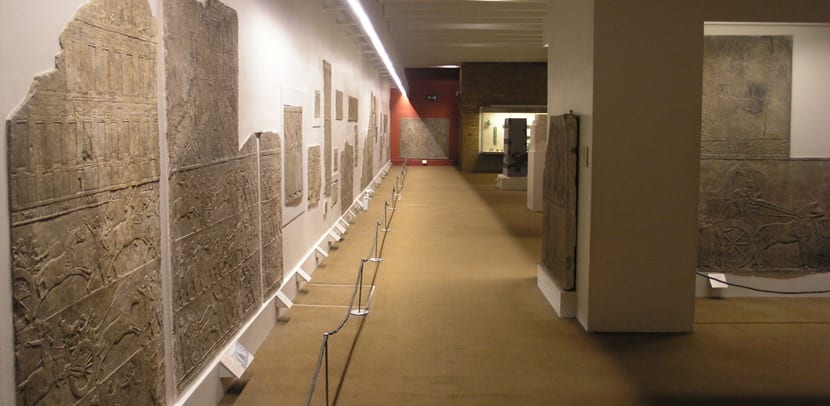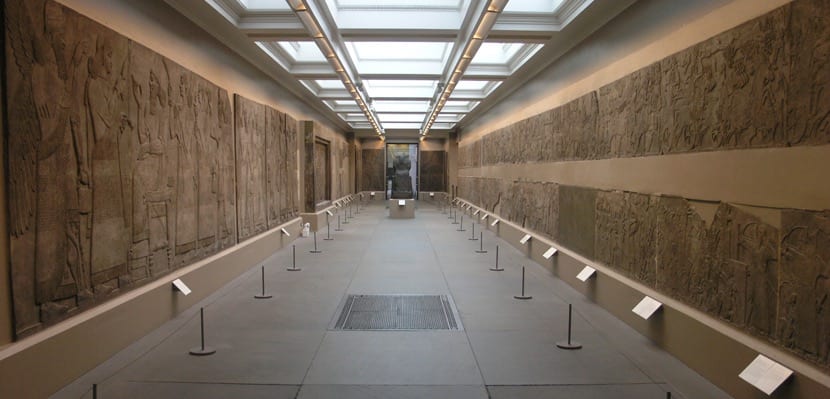
I really like the story and although I am fascinated by Egypt, the civilizations of the ancient Middle East generate more intrigue, the Assyrians among them.
Assyrian civilization was born and developed between the middle of the Bronze Age and the late Iron Age, in the valley of the river Tigris, the well-known Fertile Crescent. Little has remained of its architecture, but to this day they have survived beautiful reliefs that allow us to know this legendary town.
The assyrians
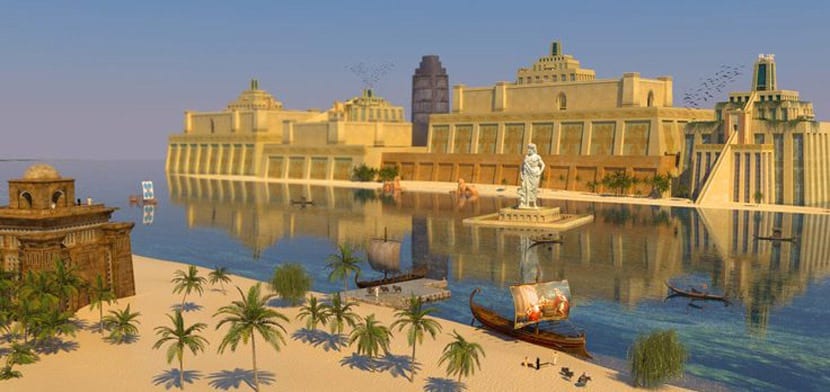
Doing a historical reading of the Bible the Assyrians are speculated to be descended from one of Noah's grandsons, Assur. Now, when one knows that the story of Noah is thousands of years older and that there is another similar story starring a certain Utnapishtin ... things change and those episodes so far in time are mysteriously clouded.
It is also said that the capital of Assyria during almost the entire existence of this people, the city of Assur, was named after a deity around the third millennium BC. Assur, Assyria, for which the biblical version is later and has more to do with the growth of Christianity in the area.
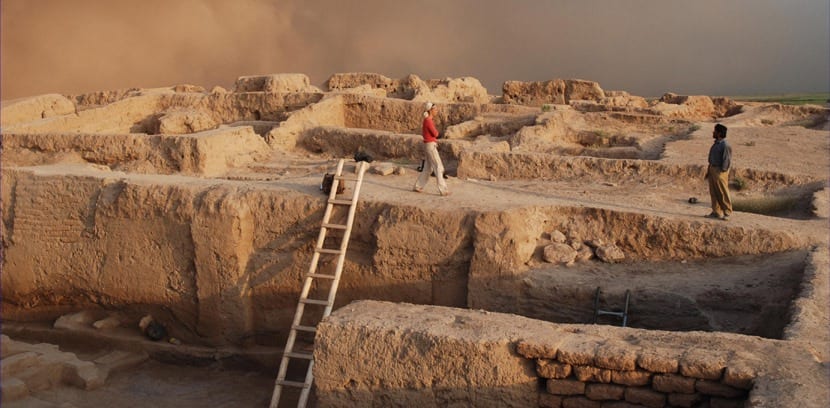
The truth is that the Assyrians were Semitic who originally spoke Acadian until the later adoption of the simpler Aramaic language. Historians speak of three great periods of Assyria: the Old Kingdom, the Empire and the Late Empire, although there are differences regarding these distinctions.
What they all agree on is that the Assyrian Empire was one of the greatest empires of Mesopotamia by the degree of development that it evidenced in terms of the State and military expansion. And what about Assyrian art?
Assyrian Art
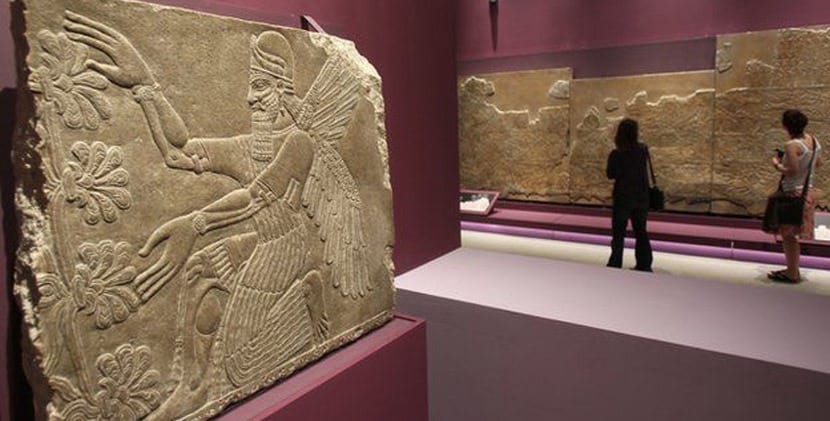
When a town develops, art is one of the expressions of that development. In the case of Assyrian art we know it from what has come to light from the ruins of different ancient cities in Mesopotamia.
Archaeologists have found remains of temples, palaces and cities and thus it has been known that Assyrian art expresses a full development of its ancestor, Sumerian art. The problem with the constructions in this part of the world is that they used a lot of adobe since stone and wood were scarce materials, so their survival over time is very poor.
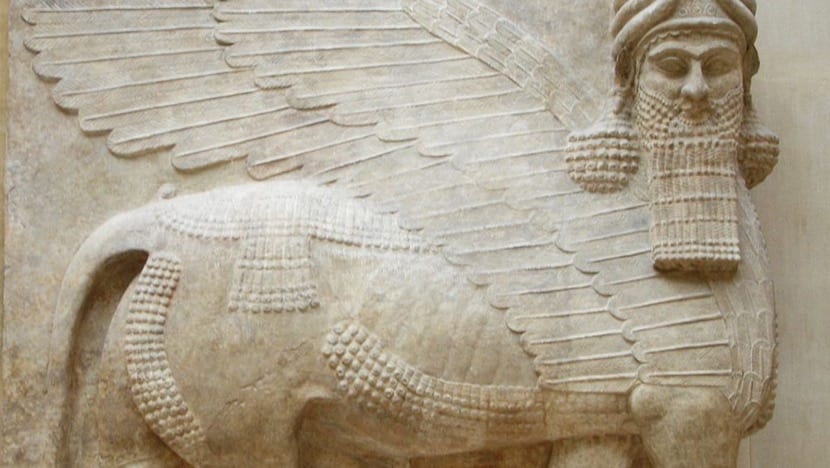
Luck is that some Assyrian reliefs have been made in stone so those did get into modern hands. For architecture in general they used adobe and stone foundations but internal or external walls were often decorated with stone slabs with carvings and drawings They talked about the empire and its victories.
The stone from the area is good for these plates but bad for making sculptures so there are few examples of this other art, but the Assyrians learned to cut the stone into thin slabs and that is why the bas-reliefs in limestone or alabaster, a white stone that is abundant in the Tigris), are the ones we see the most.
Assyrian reliefs
The most abundant are the bas-reliefs and the external ones have secular themes, that is, they have nothing to do with the Assyrian religion. They represent military victories, wild scenes, animals, military life, and so on.
If you go to London you will see one of the best Assyrian reliefs. The British Museum has a rich collection of Assyrian reliefs and among them stands out that of the pair of lions, male and female, dying. It was found in the ruins of the Palace of Nineveh and was part of a larger scene. It is believed that it was made around 668 BC under the reign of Assurbanipal.

In fact, the ruins of Nineveh have been a wonderful quarry of Assyrian art and in the same museum there is another relief called Protective Spirit that comes from the Palace of Assurbanipal II, of the Late Empire, and that is believed to decorate the sovereign's private apartments: the winged man is believed to be an apkallu, a supernatural creature described in cuneiform texts, with a helmet, long suit, mustaches, beard and long hair.
While the external reliefs are of profane art the reliefs that decorate the interior walls of the palaces mostly represented life indoors, more pleasant. In another palace, that of Khorsabad, for example, more than two thousand meters of bas-reliefs with men, horses and fish have been found, made in a more crude way, without so much elegance.
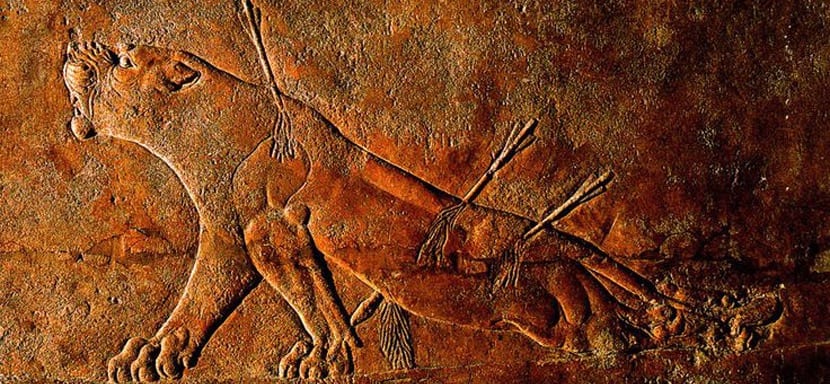
It has to be said that la idea of perspective is not in Assyrian art yet very developed and the size of the figures can vary where the artist is interested in putting the accent. The British Museum owns many of the best Assyrian bas-reliefs, as well the Siege and Capture of Lachish is another you should see.
The panel was found in Sennacherib Palace, Nineveh, north of what is now Iraq, and belongs to the period of the Late Empire. It is an exquisite alabaster piece of 182 x 880 cm.
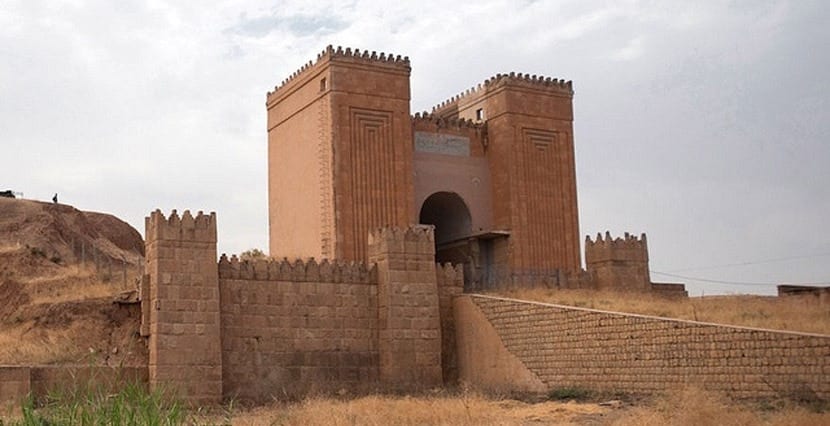
It is part of the internal decoration of the palace of King Sennacherib who reigned between 704 and 681 BC and represents how the Assyrian soldiers attack Lachish carrying a throne, chariots and other objects of the king within the city.
This period of Assyrian history is very eventful as it was During the XNUMXth and XNUMXth centuries the Assyrian kings conquered the Persian Gulf and the borders of Egypt. They built at that time the most ambitious buildings, such as the palace of this king, in Nineveh, and it is from the ruins of this city that most of the English treasure comes.
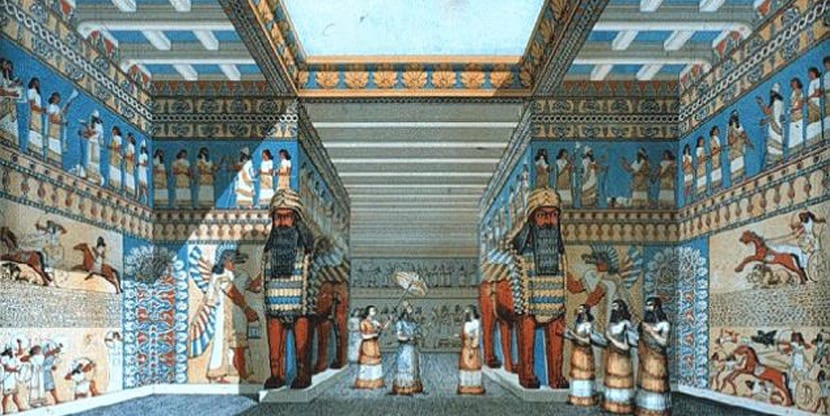
Keep in mind that these Assyrian reliefs were originally painted with colors, very few have survived and allow others to guess, but also the design used to be like modern comics: beginning, middle and end all over the wall.
They were carved by artisans with iron and copper tools. Archaeologists assume that the external reliefs were protected with paint or some varnish because the stone is easily eroded by rain and wind. Also, they were not alone and as decoration were complemented by murals and glazed bricks.
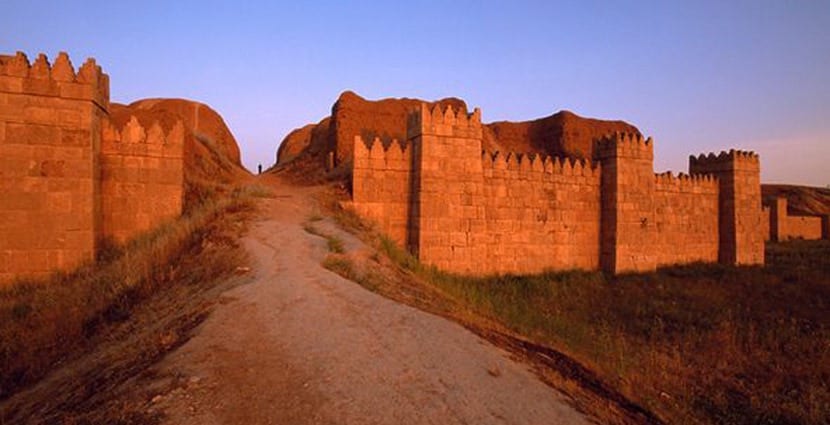
Assyrian reliefs are believed reached their peak during the reign of Assurbanipal II, XNUMXth century BC, but the tradition was maintained in all royal buildings in the cities that were born later.
Today we can appreciate his legacy in the museums of the world, the British Museum especially, but hopefully one day we can travel peacefully to the Middle East to even walk through the same land as the Assyrians, Sumerians and other important ancient peoples. Would be wonderful.
